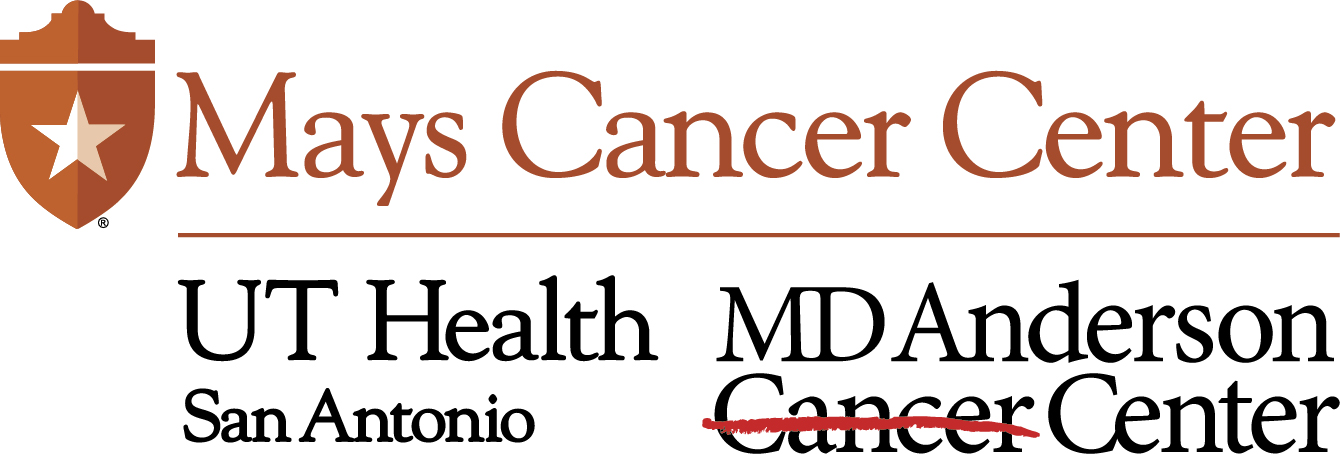- Advertise
- About OncLive
- Editorial Board
- MJH Life Sciences brands
- Contact Us
- Privacy
- Terms & Conditions
- Do Not Sell My Information
2 Clarke Drive
Suite 100
Cranbury, NJ 08512
© 2025 MJH Life Sciences™ and OncLive - Clinical Oncology News, Cancer Expert Insights. All rights reserved.
Dr. Mesa on JAK Inhibitors and Other Promising Novel Agents in Myelofibrosis
Ruben A. Mesa, MD, discusses JAK inhibitors and other promising agents in the myelofibrosis therapeutic landscape.
Ruben A. Mesa, MD, director of the Mays Cancer Center at UT Health San Antonio MD Anderson Cancer Center, discusses JAK inhibitors and other promising agents in the myelofibrosis therapeutic landscape.
Phase 3 trials in myelofibrosis are now being conducted more than ever before, according to Mesa. Patients in these studies are heterogeneous, with many phases of disease and overlaps with other diseases, enhancing the need for a range of therapeutic options, Mesa says. Specifically, studies investigating momelotinib and pacritinib are generating excitement, Mesa adds. Furthermore, JAK inhibitors momelotinib, pacritinib, ruxolitinib (Jakafi), and fedratinib (Inrebic) have a role for patients with myelofibrosis and may potentially be leveraged to better tailor treatment for individuals, Mesa adds.
Benefit has also been observed with therapies that possess other mechanisms of action, Mesa explains. Several of these agents are of particular significance, and include MDM2 inhibitors, PI3K inhibitors, and the BET inhibitor pelabresib (formerly CPI-0610). Pelabresib is demonstrating intriguing data as a frontline therapy, an additional therapy, and a second-line treatment, Mesa says. Pelabresib is an active agent that has the potential to broaden and deepen responses in patients with myelofibrosis, Mesa concludes.
Related Content:





